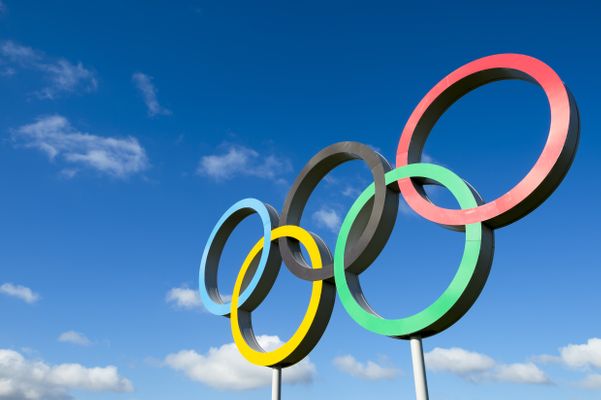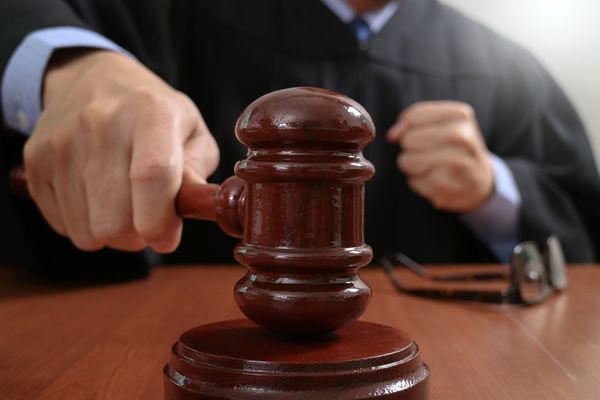10.2.3
The United Nations (UN)
The United Nations
The United Nations
Global organisations have been particularly important since 1945. The most important IGO is the United Nations (UN). The UN seeks to manage global environmental, socio-economic and political problems.


The UN
The UN
- The UN has 193 countries as its member states.
- The UN's headquarters are in New York, USA.
- The UN states that only international co-operation can meet the challenges that the world faces and it operates by applying the principles of its Charter (signed at the founding of the UN).


UN military
UN military
- The UN tries to maintain international peace and stability using the UN Security Council.
- The UN Security Council has Russia, the USA, China, France and the UK as permanent members and some other members rotate onto the Council.
- The UN does not have its own military. Any peacekeeping forces under the UN banner are supplied by member states of the UN.
- The UN established the Geneva Convention which protects the rights of prisoners.


UN functions
UN functions
- Aims to protect human rights by adopting the UDHR (Universal Declaration of Human Rights) as a standard.
- Applies economic or diplomatic sanctions to countries, in order to make them change their behaviour.
- Upholds international law through the International Court of Justice (ICJ).
- In both 2000 and 2015, set targets (Millenium Development Goals and Sustainable Development Goals respectively) regarding tackling poverty, child and maternal mortality, diseases and environmental concerns.


The IPCC
The IPCC
- The UN established the IPCC (Intergovernmental Panel on Climate Change), a scientific advisory panel, to inform debate on climate change.
- The IPCC has organised global conferences on how to tackle climate change, such as the Kyoto Protocol in 1997 and the COP21 in Paris in 2015.


Human rights
Human rights
- The UN Convention on the Rights of the Child (CRC) seeks to protect vulnerable children around the world.
- The UNHCR (UN High Commissioner for Refugees) support people affected by conflict.
The UN's Human Rights Interventions
The UN's Human Rights Interventions
The UN has many different methods of trying to protect human rights internationally.


Sanctions
Sanctions
- Sanctions are designed to force countries to change their policy by enforcing economic or social pain.
- Economic sanctions are restrictions on trade. Iran was put under economic sanctions whilst it was developing its nuclear capabilities.
- Cultural sanctions, for example, refusing to let countries participate in sporting fixtures can be enforced. Another international organisation, the IOC banned Russia from competing at the 2018 Olympics.
- The success of sanctions alone to create change has been limited.


War crimes trials
War crimes trials
- The International Criminal Court (ICC) was established at the Hague in the Netherlands to try individuals for crimes like genocide (attempts to destroy a racial or ethnic group).
- The trials at the ICC are very slow. Radovan Karadzic is a Bosnian Serb who was accused of the Srebrenica massacre in 1995. He was found guilty, but his trial lasted 8 years.


UN troops
UN troops
- UN troops are supplied by member states. They wear distinctive blue helmets.
- UN troops have a peace-keeping role and are not allowed to engage in any military action unless they are protecting themselves.
- At the Srebrenica massacre in Bosnia, UN troops failed to help a group of Muslims, who were then slaughtered by Karadzic's troops.
- In 2018, there were UN peace-keeping troops stationed in Sudan, Kosovo, Haiti and Lebanon.


Emergency relief
Emergency relief
- The UN High Commissioner for Refugees organises refugee camps in conflict zones. For example, the UN helped to set up the Zaatari camp in Jordan to shelter refugees from the Syrian civil war.
- They aim to protect refugees and vulnerable people from further abuse.
1Tectonic Processes & Hazards
1.1Tectonic Processes & Hazards
1.2Natural Disasters
1.3Natural Disaster Case Studies
1.4Trends & Patterns
2Option 2A: Glaciated Landscapes & Change
2.1Glaciated Landscapes Over Time
2.2Periglacial Landscapes
2.3Glacial Processes
2.4Glacial Landforms
3Option 2B: Coastal Landscapes & Change
3.1Coastal Landscapes
3.2Coastal Erosion & Deposition
3.3Coastal Risks
4Globalisation
4.1Globalisation
4.2Negatives of Globalisation
4.3Global Shift
4.5Culture
4.6Measuring Development
5Option 4A: Regenerating Places
5.1Types of Economies
5.2Function of Places
5.3Regeneration
5.4Regeneration Case Studies
6Option 4B: Diverse Places
6.1Population Structure
6.2Past & Present Connections
6.3Urban & Rural Spaces
6.4Diversity
6.5Urban & Rural Case Studies
6.6Case Study - Tower Hamlets
6.7Case Study - Sturton-le-Steeple
7The Water Cycle & Water Insecurity (A2 only)
7.1Hydrological Processes Global to Local
7.2Influences on the Water Cycle
7.3Water Insecurity
8The Carbon Cycle & Energy Security (A2 only)
8.1The Carbon Cycle
8.2Energy Consumption
8.3Alternative Energy
8.4Growing Demand for Resources
9Superpowers (A2 only)
9.1Superpowers
9.2Hard & Soft Power
9.2.1Hard & Soft Power
9.2.2Emerging Powers - China Rivalry
9.2.3Emerging Powers - Chinese Sources of Power
9.2.4Emerging Powers - Brazil
9.2.5Emerging Powers - Russia
9.2.6Emerging Powers - India
9.2.7Theories of Development
9.2.8Power Case Studies: Chinese One Belt One Road
9.2.9Power Case Studies: Pakistan Nuclear Arms
9.2.10Power Case Studies: OPEC
9.3IGOs, TNCs & Alliances
10Option 8A: Health & Human Rights (A2 only)
10.1Human Development
10.2Role of Governments & IGOs
10.3Human Rights
10.4Interventions
11Option 8B: Migration & Identity (A2 only)
11.1Globalisation & Migration
11.2Consequences of Migration
11.3Nation States
11.4Responses to Global Migration
Jump to other topics
1Tectonic Processes & Hazards
1.1Tectonic Processes & Hazards
1.2Natural Disasters
1.3Natural Disaster Case Studies
1.4Trends & Patterns
2Option 2A: Glaciated Landscapes & Change
2.1Glaciated Landscapes Over Time
2.2Periglacial Landscapes
2.3Glacial Processes
2.4Glacial Landforms
3Option 2B: Coastal Landscapes & Change
3.1Coastal Landscapes
3.2Coastal Erosion & Deposition
3.3Coastal Risks
4Globalisation
4.1Globalisation
4.2Negatives of Globalisation
4.3Global Shift
4.5Culture
4.6Measuring Development
5Option 4A: Regenerating Places
5.1Types of Economies
5.2Function of Places
5.3Regeneration
5.4Regeneration Case Studies
6Option 4B: Diverse Places
6.1Population Structure
6.2Past & Present Connections
6.3Urban & Rural Spaces
6.4Diversity
6.5Urban & Rural Case Studies
6.6Case Study - Tower Hamlets
6.7Case Study - Sturton-le-Steeple
7The Water Cycle & Water Insecurity (A2 only)
7.1Hydrological Processes Global to Local
7.2Influences on the Water Cycle
7.3Water Insecurity
8The Carbon Cycle & Energy Security (A2 only)
8.1The Carbon Cycle
8.2Energy Consumption
8.3Alternative Energy
8.4Growing Demand for Resources
9Superpowers (A2 only)
9.1Superpowers
9.2Hard & Soft Power
9.2.1Hard & Soft Power
9.2.2Emerging Powers - China Rivalry
9.2.3Emerging Powers - Chinese Sources of Power
9.2.4Emerging Powers - Brazil
9.2.5Emerging Powers - Russia
9.2.6Emerging Powers - India
9.2.7Theories of Development
9.2.8Power Case Studies: Chinese One Belt One Road
9.2.9Power Case Studies: Pakistan Nuclear Arms
9.2.10Power Case Studies: OPEC
9.3IGOs, TNCs & Alliances
10Option 8A: Health & Human Rights (A2 only)
10.1Human Development
10.2Role of Governments & IGOs
10.3Human Rights
10.4Interventions
11Option 8B: Migration & Identity (A2 only)
11.1Globalisation & Migration
11.2Consequences of Migration
11.3Nation States
11.4Responses to Global Migration
Unlock your full potential with Seneca Premium
Unlimited access to 10,000+ open-ended exam questions
Mini-mock exams based on your study history
Unlock 800+ premium courses & e-books